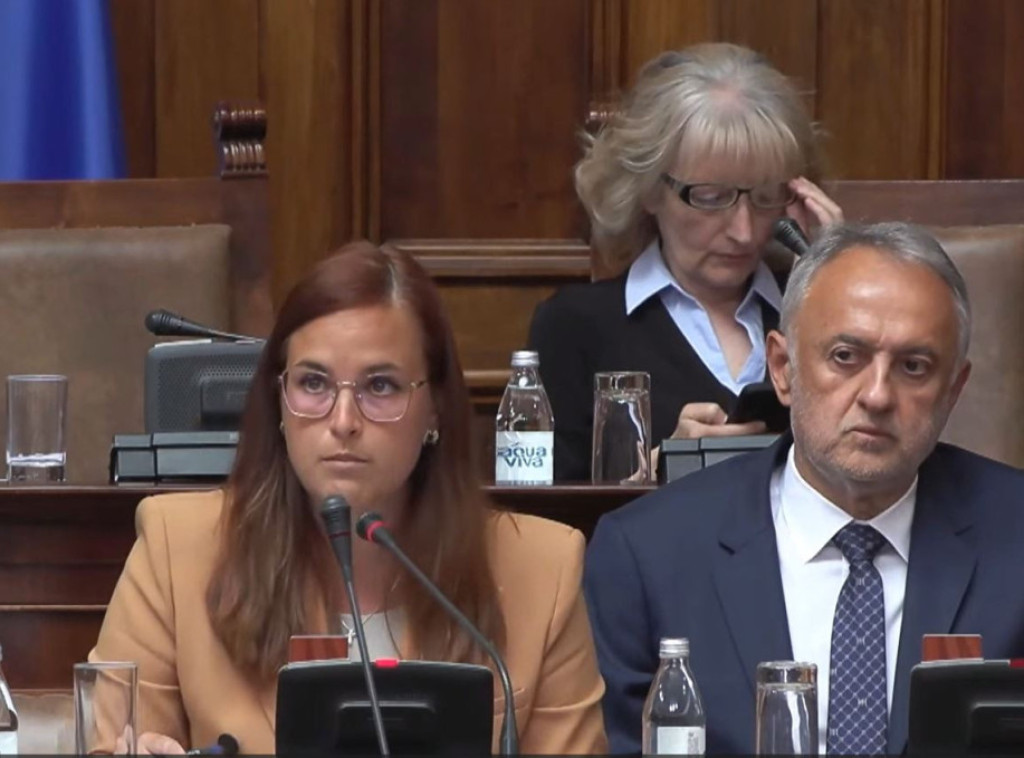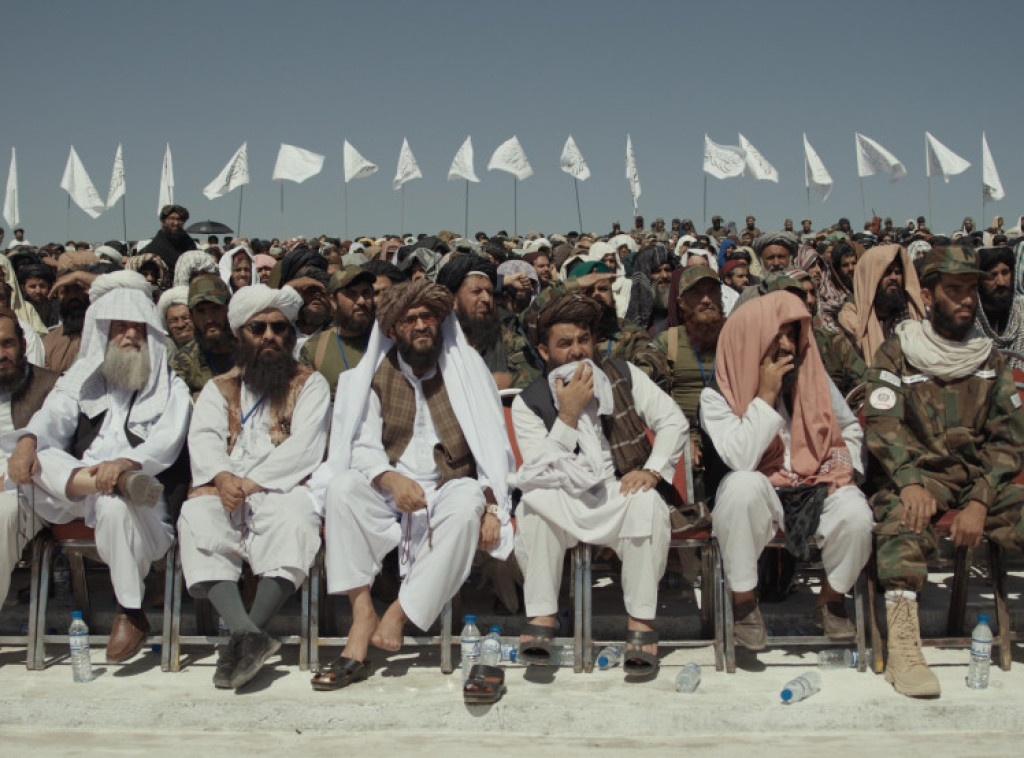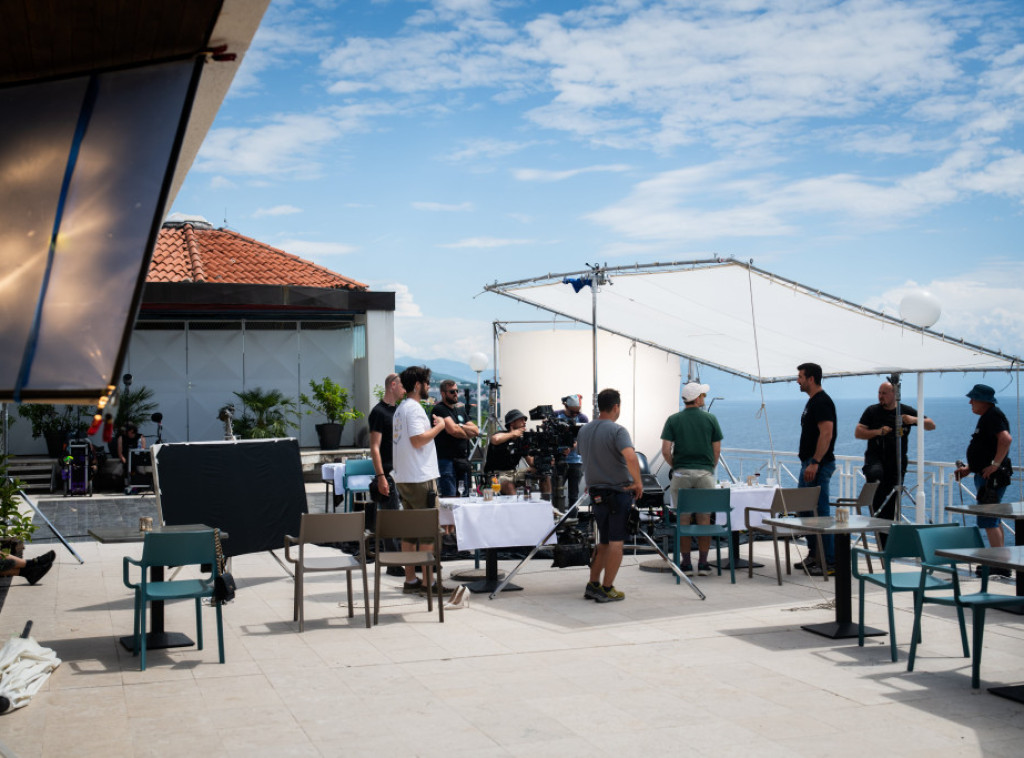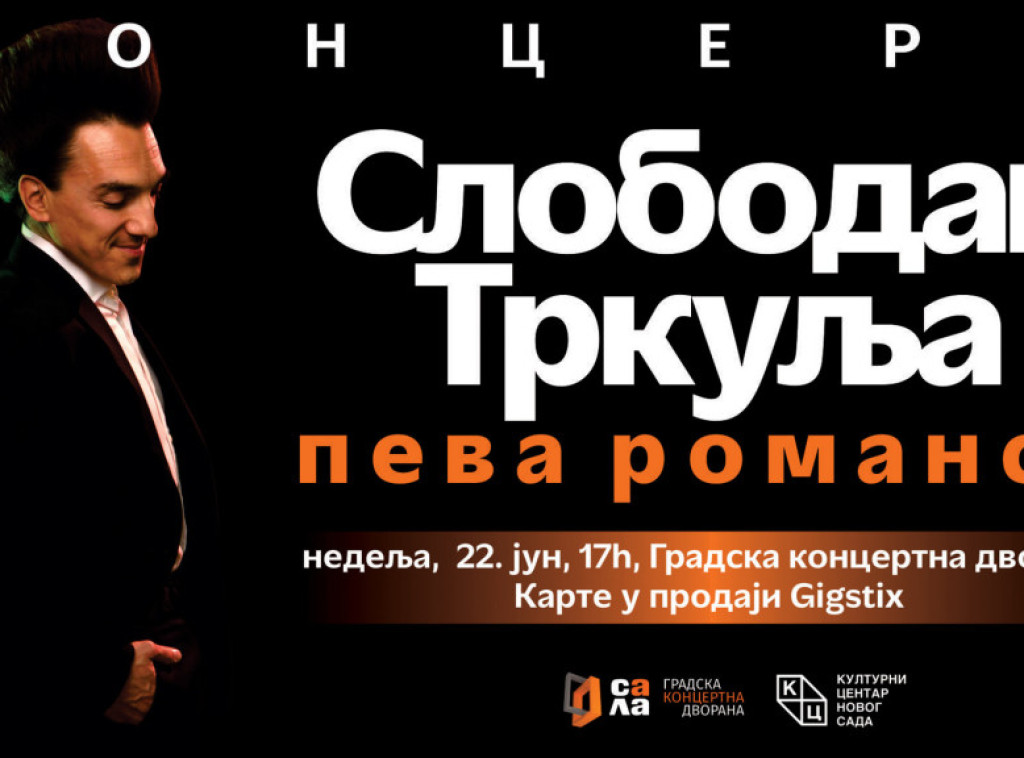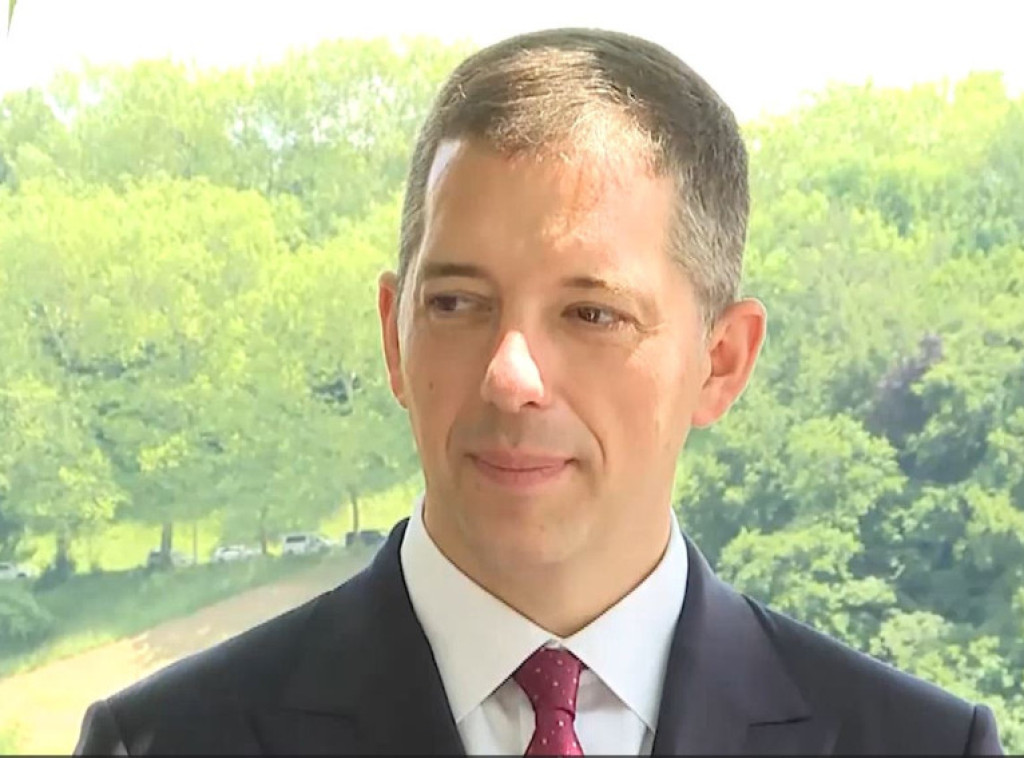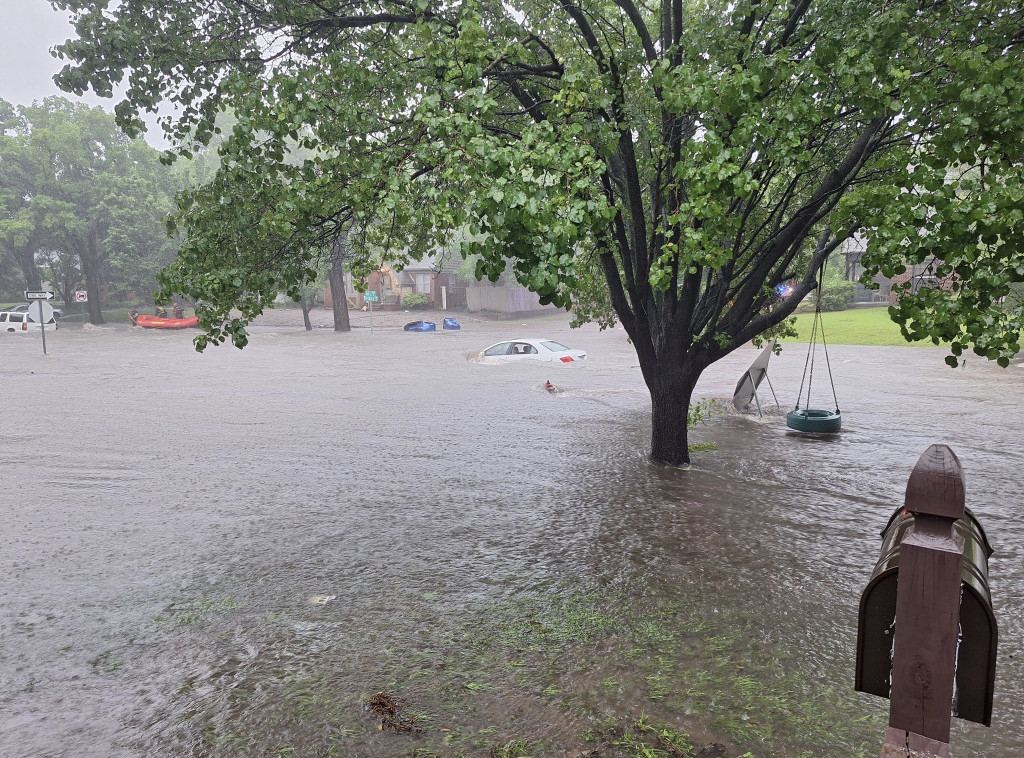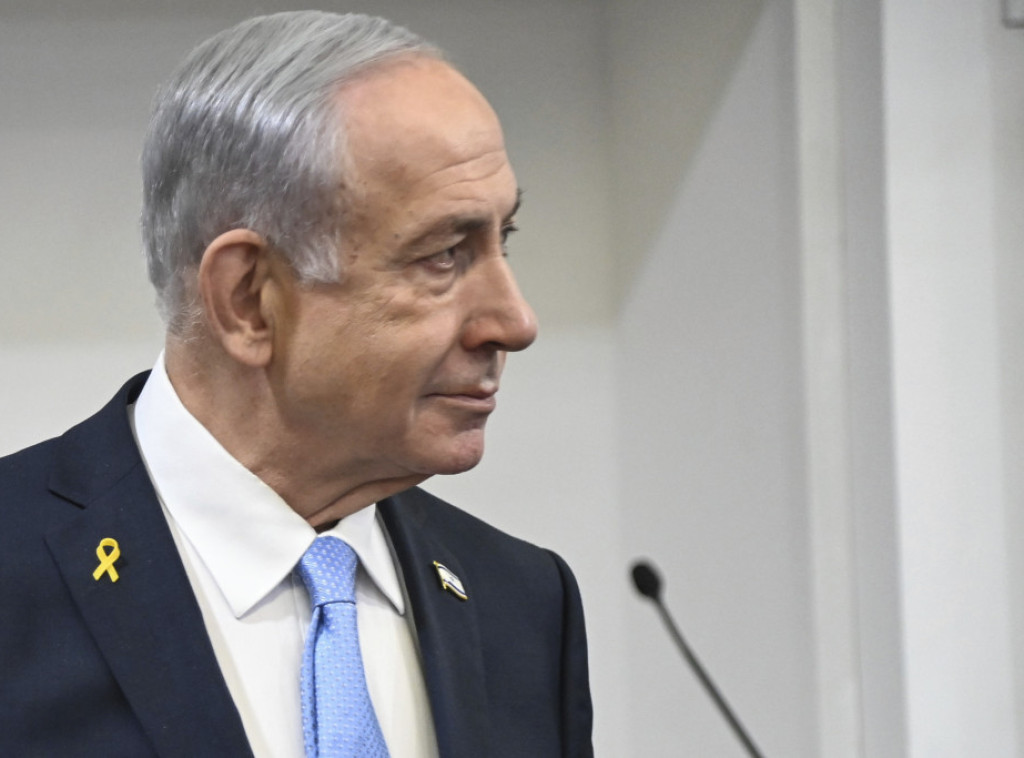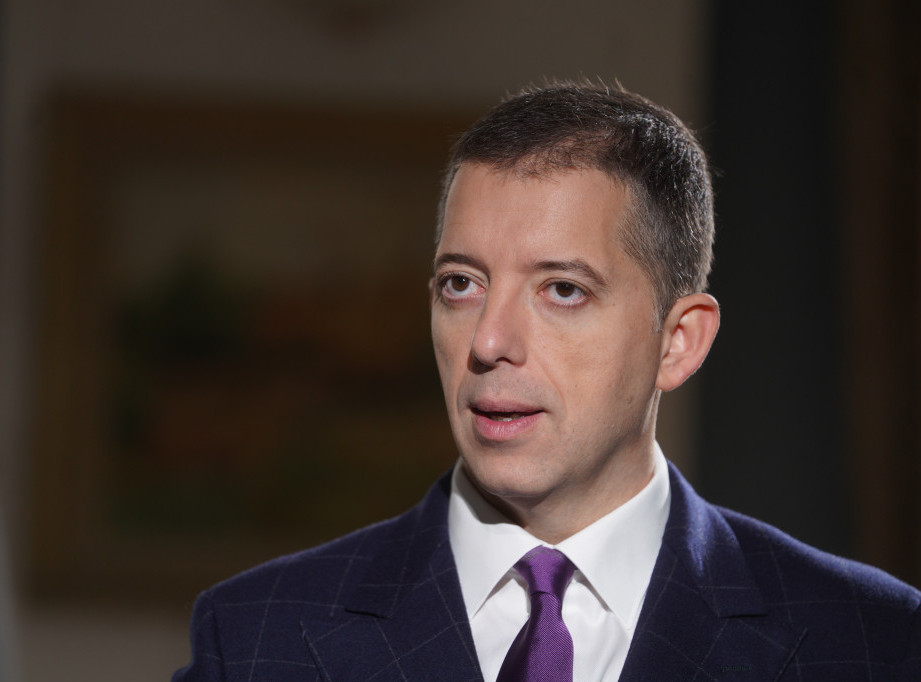The Israeli missile defense system faces significant challenges due to ballistic missile attacks from Iran. While most missiles are intercepted, some manage to penetrate the defense, causing casualties and material damage. The cost of intercepting missiles is very high but considered justified compared to the potential damage the missiles could cause. Israeli systems such as Arrow 2 and 3, David’s Sling, and American systems THAAD and SM3 are used for defense, with Arrow 3 having about a 90% success rate. The attacks have escalated, with missiles traveling at high speeds and carrying heavy warheads. Israeli officials and industry emphasize the importance of these systems in protecting civilians and infrastructure as the conflict with Iran continues with high tensions.
Political Perspectives:
Left: Left-leaning reports tend to emphasize the human cost of the conflict, highlighting civilian casualties and the humanitarian impact of the missile attacks. They often critique the high military spending and question the escalation of violence, calling for diplomatic solutions and de-escalation.
Center: Center-leaning articles focus on the technical and strategic aspects of the Israeli missile defense system, providing balanced coverage of the challenges faced by Israel in intercepting Iranian ballistic missiles. They report on the effectiveness of defense systems and the ongoing military developments without strong bias, emphasizing the complexity of the conflict.
Right: Right-leaning sources emphasize the strength and resilience of the Israeli defense systems, portraying Israel as justified in its military actions against Iranian aggression. They highlight the high success rates of missile interceptions and frame the conflict as a necessary defense against Iranian threats, often supporting strong military responses and criticizing Iran’s actions.









